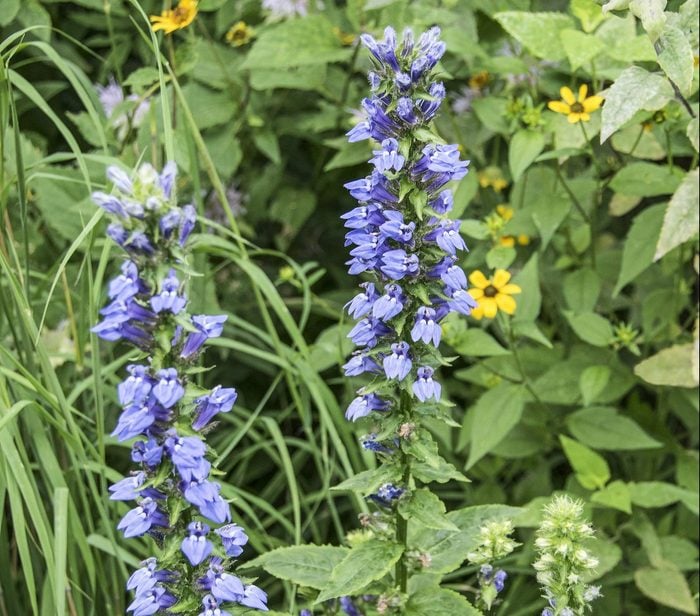
Blue Cardinal Flower
Lobelia siphilitica, Zones 4 to 9
Spires of beautiful blue flowers appear in mid- to late summer on this first pick for the best rain garden plants. This lobelia blooms later and tends to live longer than the red cardinal flower, a relative. Give this sun-loving perennial a bit of shade if your summers are very hot, and plant it in the wettest part of your rain garden.
Why we love it: It attracts native bees, bumblebees, birds and hummingbirds. Plus it’s deer-resistant!
Backyard Tip: Location is key. Keep rain gardens at least 10 feet from your home, and avoid planting them under mature trees. Established roots of existing trees may make digging difficult, and the additional moisture can be harmful to the tree.
Check out the top 10 water wise plants that will thrive in a dry spell.
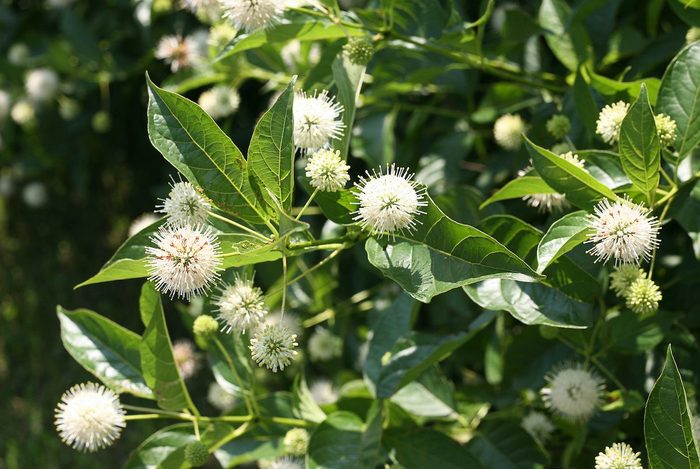
Buttonbush
Cephalanthus occidentalis, Zones 4 to 9
Add fragrance and seasonal beauty to your sunny rain garden plants with buttonbush, a native shrub. Butterflies, hummingbirds and bees are sure to stop by the aromatic flowers in early summer. Later, round fruits replace the flowers and persist into winter.
Why we love it: With new compact varieties, such as upright Ping Pong at 6 feet tall and Sugar Shack at only 3 to 4 feet tall, buttonbush is suitable for most landscapes.
Follow these expert tips for growing a drought-tolerant garden.
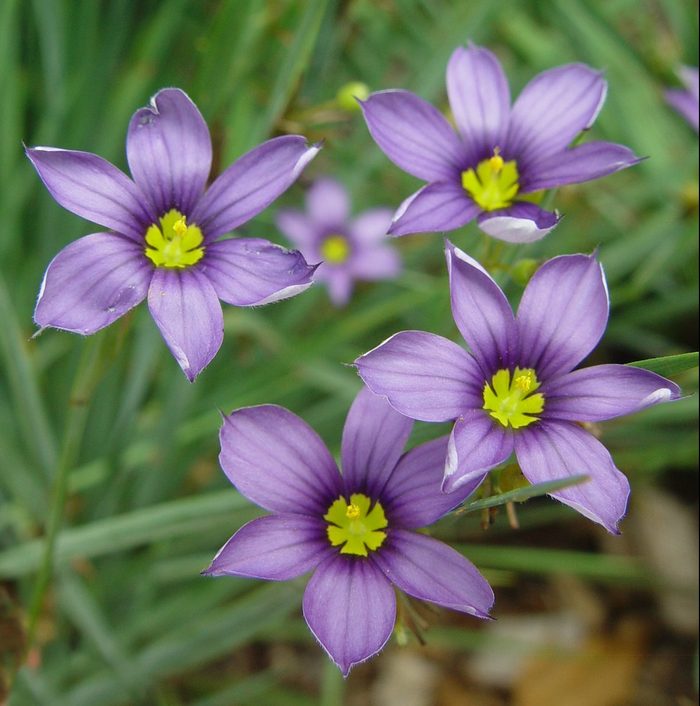
Blue-Eyed Grass
Sisyrinchium angustifolium, Zones 4 to 9
You may be surprised to learn that this grasslike grower is actually a member of the iris family. Violet-blue flowers appear in spring. Grow blue-eyed grass in full sun to partial shade and moist to wet soil for best results. This is a perfect plant for areas that tend to stay moist.
Why we love it: Bring the blooms indoors—it makes a terrific cut flower for a spring bouquet.
Transform your landscape with a rock garden.
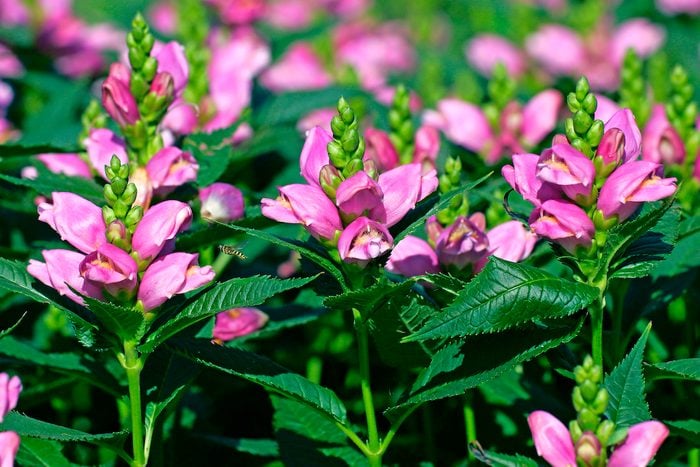
Turtlehead
Chelone glabra, Zones 3 to 8
Finish off summer and segue into fall with unique “turtle head”-shaped flowers. Spikes of pink-tinged white flowers top 2- to 3-foot-tall plants. Add a spot of color with Hot Lips, a variety with bright pink flowers and red stems, or other colorful varieties.
Why we love it: It’s a host plant for the Baltimore checkerspot butterfly caterpillar, and the flowers attract many pollinators.
Turtlehead is known for being easy to grow in the shade—as are these other shade garden plants.
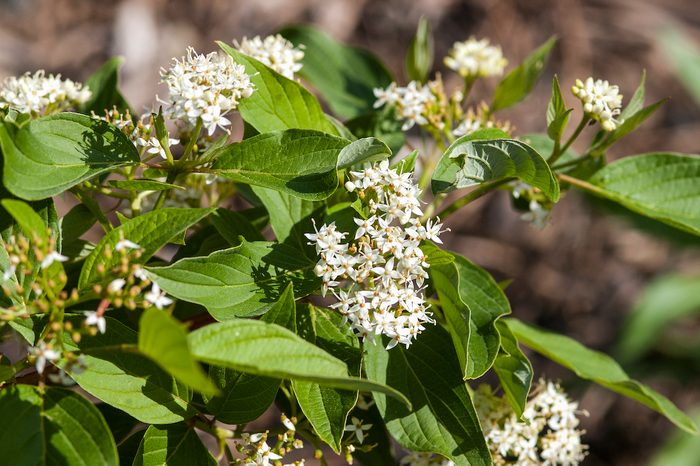
Firedance Dogwood
Cornus sericea ‘Firedance’, Zones 2 to 7
This four-season beauty adds to any rain garden’s year-round charm. White spring blossoms turn into white berries that attract birds. The show continues into fall as leaves turn red-purple and eventually drop to reveal brilliant red stems.
Why we love it: This compact red twig dogwood packs a lot of beauty into its 3- to 4-foot-tall size.
Check out the top 10 plants for growing in clay soil.
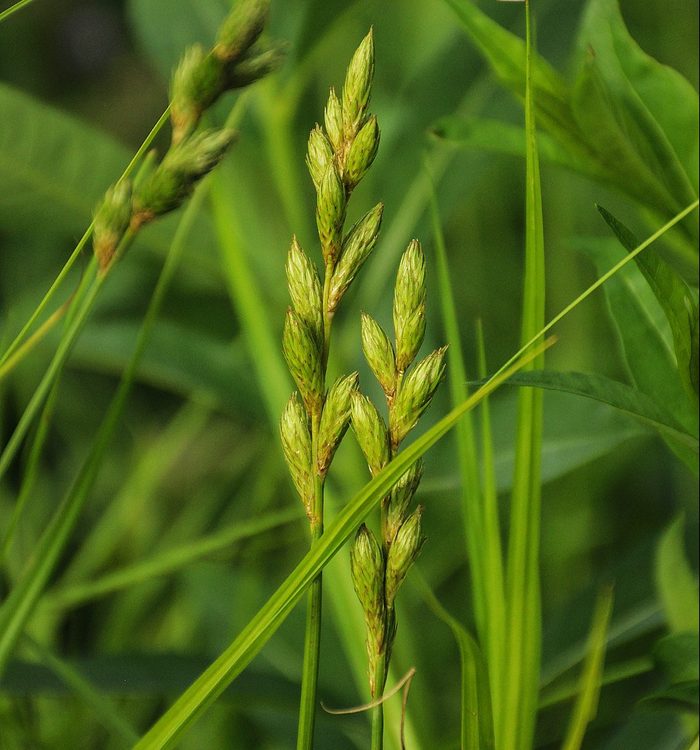
Palm Branch Sedge
Carex muskingumensis, Zones 4 to 9
It’s all about the foliage with this pick for rain garden plants. The glossy leaves glisten in the sun and pair well with other plants. When conditions are right, it creates a nice ground cover that weaves through nearby plants.
Why we love it: Palm sedge tolerates partial shade and full sun. It supports pollinators and butterflies, and birds feed on its seeds. Plus it’s resistant to deer.
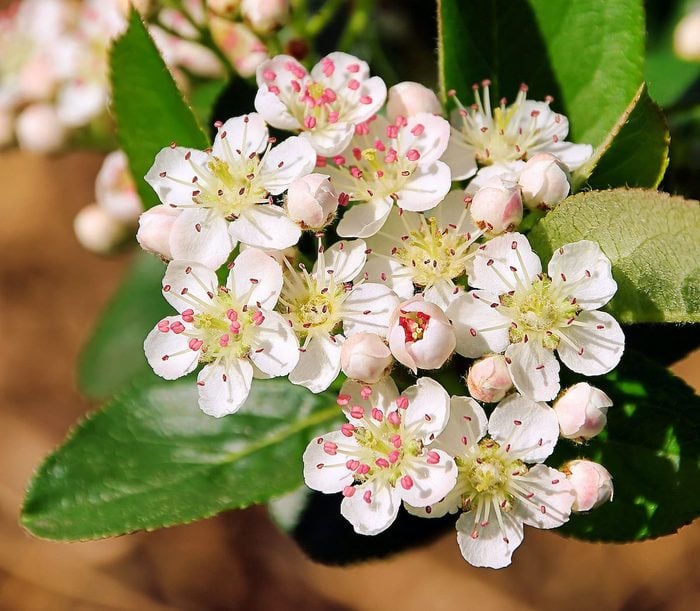
Chokeberry
Aronia species, Zones 3 to 9
This suckering native shrub has it all—spring flowers, glossy green leaves, vibrant red fall color and winter fruit. The antioxidant-rich berries will make you pucker; even the birds leave them be until mid- to late winter, when other food sources are scarce.
Why we love it: Low Scape Hedger and Low Scape Mound offer shorter, narrower options to expand design possibilities.
Psst—these are the top trees and shrubs with berries for birds.
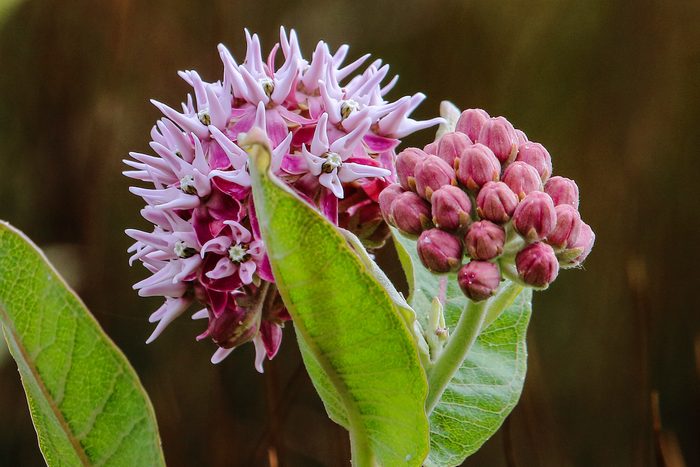
Swamp Milkweed
Asclepias incarnata, Zones 3 to 6
Native to swamps and wet meadows, this butterfly and hummingbird magnet also tolerates dry soil. The 3- to 4-foot-tall plants are topped with fragrant showy pink to mauve flowers in mid- to late summer.
Why we love it: You’ll find both monarch and queen butterfly caterpillars munching on swamp milkweed leaves, while deer tend to leave it be.
Learn how to grow a pollinator garden.
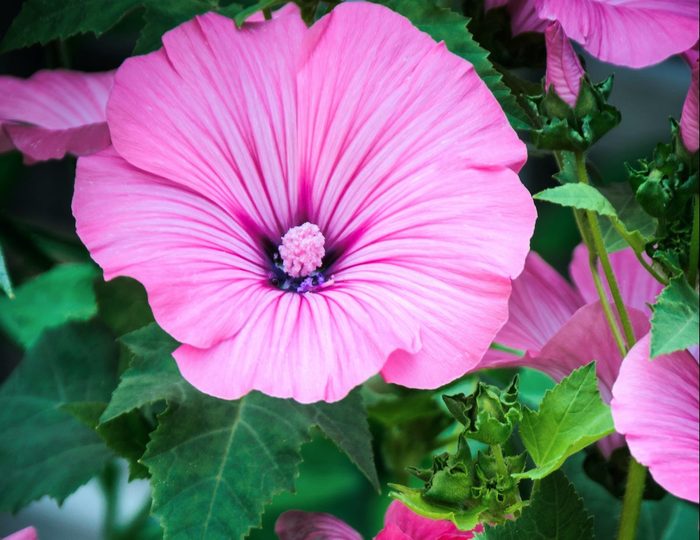
Swamp Rose Mallow
Hibiscus moscheutos, Zones 4 to 9
Flowers the size of dinner plates are sure to make visitors and passers-by stop for a second look. It may start off a little slow in spring, but the show-stopper could reach 3 to 7 feet tall. Mark its location to avoid accidentally weeding out this late-sprouting perennial.
Why we love it: The impressive 8-inch blooms can be white, pink or crimson.
Think pink with these pink perennial flowers for your garden.
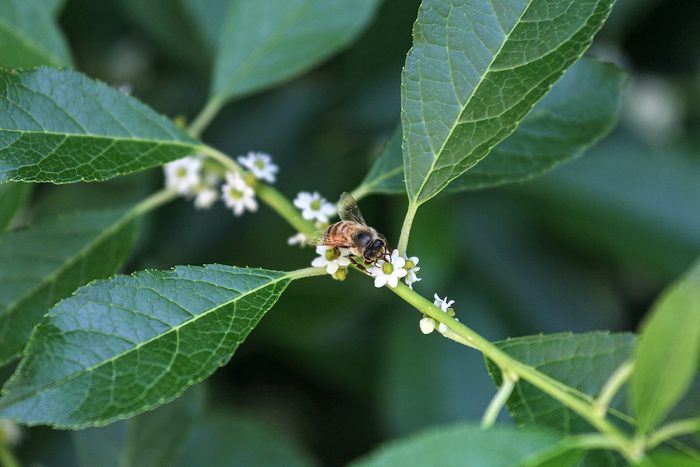
Winterberry
Ilex verticillata, Zones 3 to 9
Light up your fall and winter rain garden with this deciduous holly. The bright red berries take center stage as the leaves drop in fall. For fruit to set, you’ll need at least one male for up to five female winterberry plants.
Why we love it: Berry-laden stems combine nicely with evergreens to create an outdoor winter container—away from pets and children.
Why Trust Us
For nearly 30 years, Birds & Blooms, a Trusted Media Brand, has been inspiring readers to have a lifelong love of birding, gardening and nature. We are the #1 bird and garden magazine in North America and a trusted online resource for over 15 million outdoor enthusiasts annually. Our library of thousands of informative articles and how-tos has been written by trusted journalists and fact-checked by bird and garden experts for accuracy. In addition to our staff of experienced gardeners and bird-watchers, we hire individuals who have years of education and hands-on experience with birding, bird feeding, gardening, butterflies, bugs and more. Learn more about Birds & Blooms, our field editor program, and our submission guidelines.
